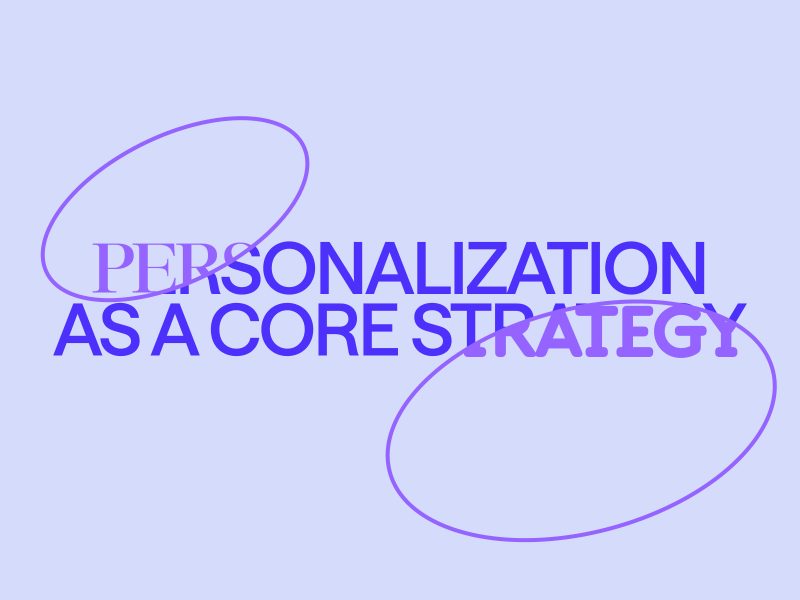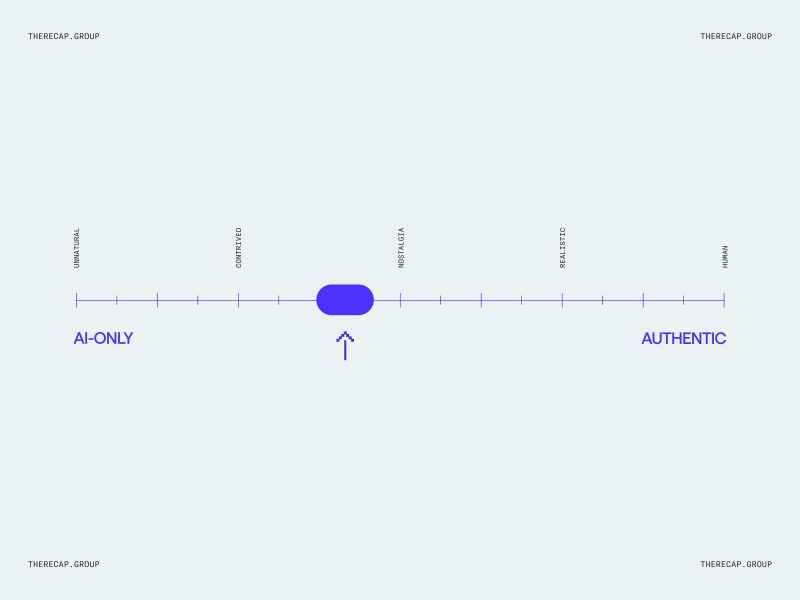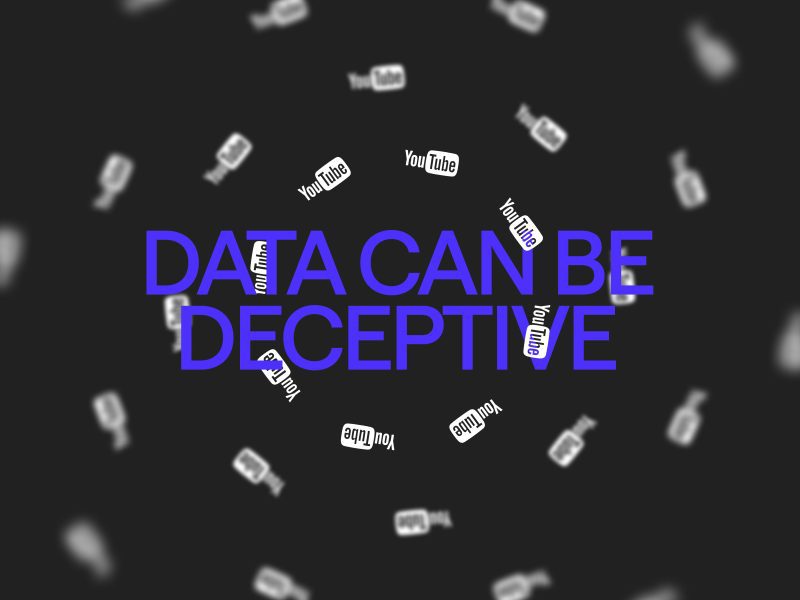The Media and Streaming Industry’s Growing Need for Personalization

In today’s crowded entertainment landscape, content alone isn’t enough. With tens of thousands of options to choose from across countless platforms, services, and formats, audiences are drowning in choice. While it is a good problem to have, too many choices has become a problem nonetheless. Viewers have now grown to expect more personalized, connected, and intuitive experiences from the services they use. They want to feel understood, not overwhelmed.
08.18.2025
The Problem: Fragmentation Without Personalization
The streaming experience today often feels paradoxical: there’s more content than ever, yet it’s harder to find something worth watching. Users jump between platforms, juggle subscriptions, and abandon services when interfaces feel clunky or irrelevant. Many streaming platforms still rely on basic algorithms that offer surface-level recommendations based on genre or past viewing, but they miss the nuance that today’s users expect.
The result is a disconnect. While platforms collect massive amounts of behavioral data, they don’t always act on it in a meaningful way. Users are telling platforms what they like, through clicks, scrolls, skips, and session times, but that information is too often siloed or underutilized. Meanwhile, providers face rising content costs, shrinking attention spans, and flatlining user satisfaction.
The Solution: Personalization as a Core Strategy
To compete in this environment, personalization can’t be a feature, it must be a strategy. That means going beyond “because you watched…” recommendations. The most advanced platforms are now analyzing real-time behavior, contextual signals (like time of day or device used), and interface navigation patterns to predict what a viewer might want next, even if they themselves don’t know what they want.
But even the best algorithms can fall short without human input. The most effective personalization strategies combine AI-driven insights with human editorial oversight, ensuring recommendations are not only relevant but emotionally resonant. When done right, this kind of personalization enhances discovery, strengthens viewer relationships, and creates more moments of “this is exactly what I wanted” – which keeps users coming back.
Using Data to Drive Better Decisions
The key to this evolution is using data not just to observe user behavior, but to act on it. That means embedding analytics into daily workflows so content and product teams can quickly adjust layouts, promotions, and content rails based on what’s working. Real-time A/B testing, for instance, allows teams to experiment with different user experiences and respond instantly when something underperforms.
Personalization should also extend to how content is packaged and monetized. Whether through smart bundles, personalized subscription tiers, or contextual ads that enhance rather than interrupt the experience, data can help tailor offerings to different user segments. When platforms truly understand their audiences, monetization becomes a natural extension of the user journey, not an annoying add-on.
The Path Forward
Streaming success in the years ahead won’t be about who has the most content, it will be about who understands their audience best. Media companies that build personalization into the core of their platforms, rather than layering it on top, will be the ones that turn casual viewers into loyal subscribers. In an age of infinite content, the brands that win will be those that make every viewer feel like the experience was built just for them.



